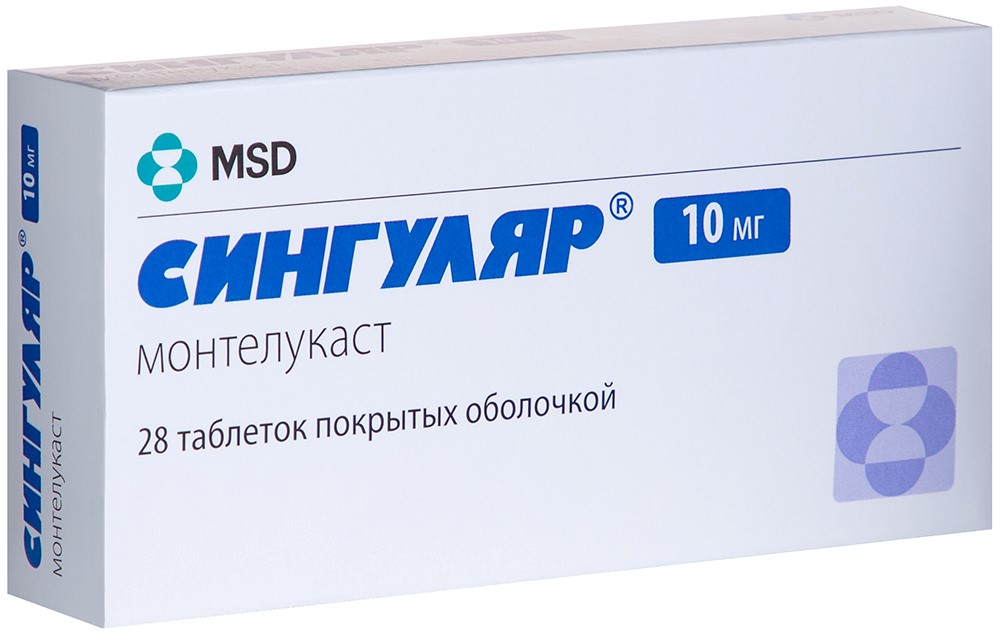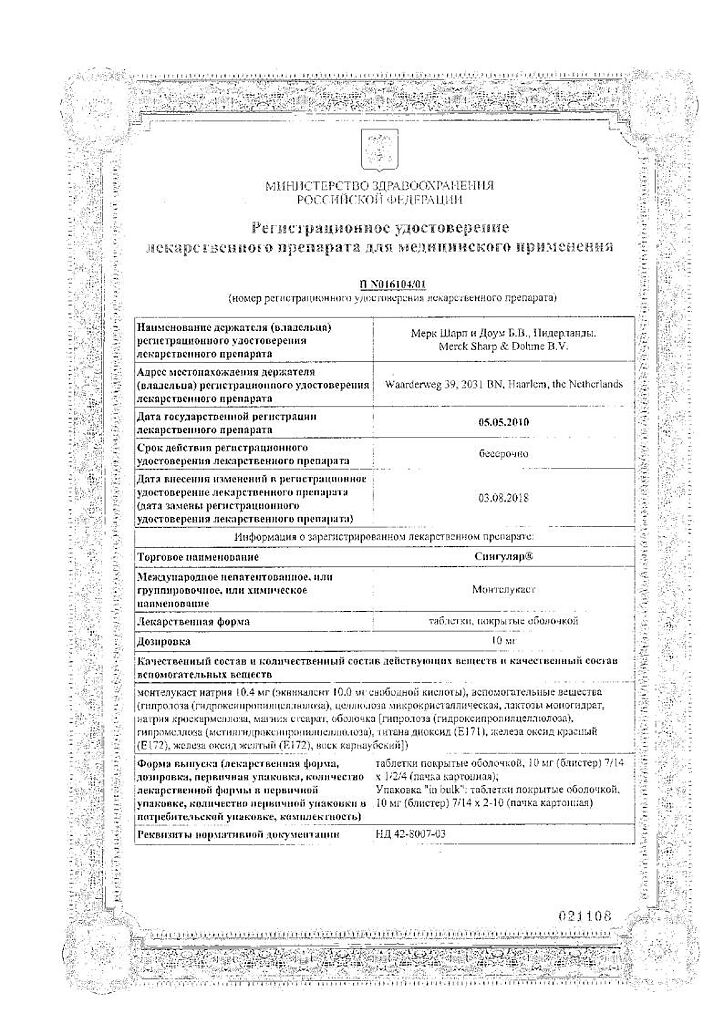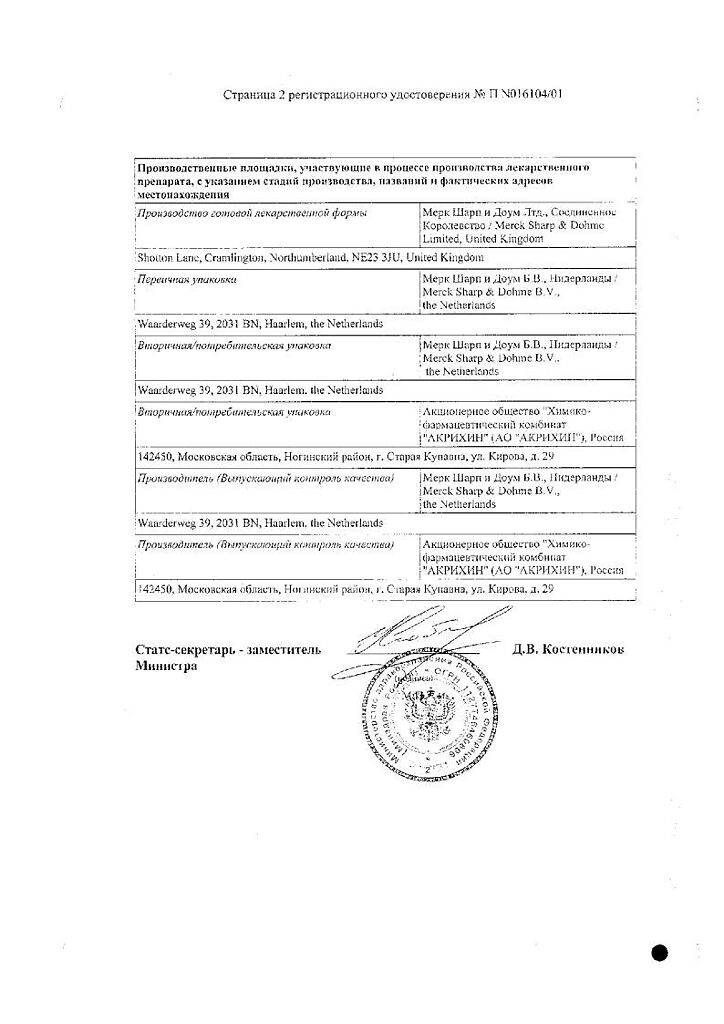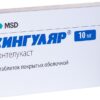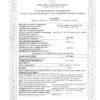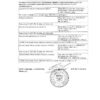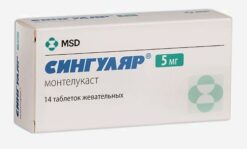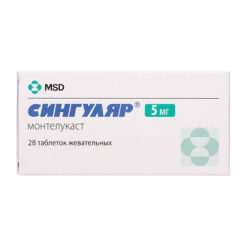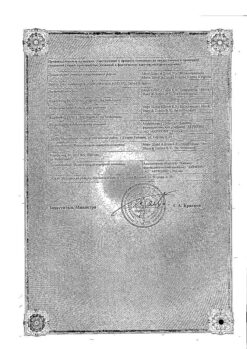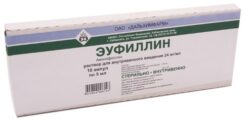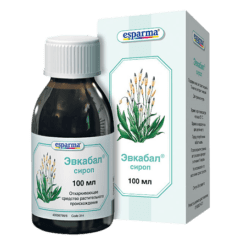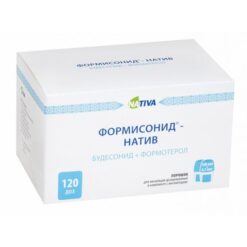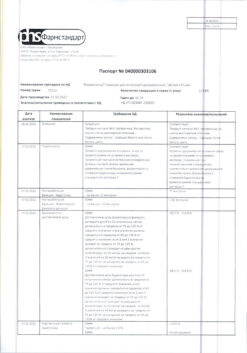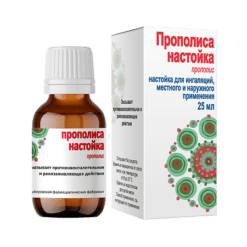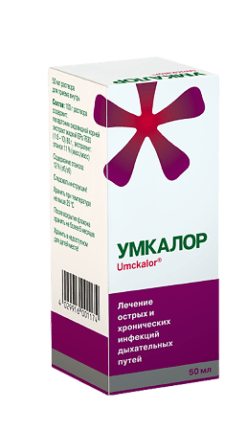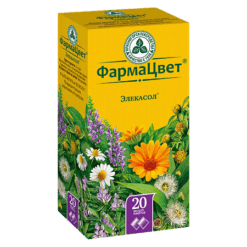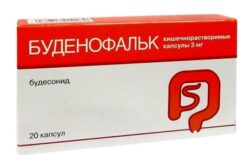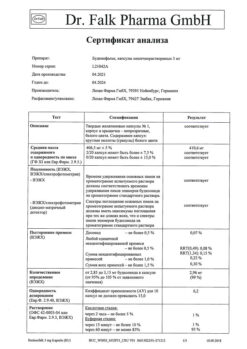No products in the cart.
Singular,10 mg 28 pcs
€49.44 €41.20
Description
Bronchial Asthma, BronchospasmProphylaxis and long-term treatment of bronchial asthma in adults and children 6 years and older, including:
- Prevention of daytime and nighttime symptoms of the disease;
- Treatment of bronchial asthma in patients with hypersensitivity to acetylsalicylic acid;
- Prevention of exercise-induced bronchospasm.
Cure daytime and nighttime symptoms of seasonal and/or year-round allergic rhinitis (in adults and children aged 6 years and older).
Indications
Indications
Prevention and long-term treatment of bronchial asthma in adults and children aged 6 years and older, including:
Prevention of day and night symptoms of the disease;
Treatment of bronchial asthma in patients with hypersensitivity to acetylsalicylic acid;
Prevention of exercise-induced bronchospasm.
Cupping
day and night symptoms, seasonal and/or year-round
allergic rhinitis (in adults and children aged 6 years and older).
Special instructions
Special instructions
The effectiveness of oral Singulair in the treatment of acute attacks of bronchial asthma has not been established. Therefore, Singulair tablets are not recommended for the treatment of acute attacks of bronchial asthma. Patients should be instructed to always carry emergency medications to relieve asthma attacks (short-acting inhaled beta2-agonists).
Active ingredient
Active ingredient
Montelukast
Active components
Active components
Montelukast.
Composition
Composition
1 tablet contains:
Main substance:
Montelukast sodium 10.4 mg (which corresponds to the content of montelukast 10 mg).
Excipients:
Hyprolose (hydroxypropylcellulose) – 4 mg;
Microcrystalline cellulose – 89.3 mg;
Lactose monohydrate – 89.3 mg;
Croscarmellose sodium – 6 mg;
Magnesium stearate – 1 mg.
Shell composition:
Hyprolose (hydroxypropylcellulose) – 1.73 mg;
Hypromellose (methylhydroxypropylcellulose) – 1.73 mg;
Titanium dioxide (E171) – 1.5 mg;
Iron oxide red (E172) – 0.004 mg;
Iron oxide yellow (E172) – 0.036 mg;
Carnauba wax – 0.006 mg.
Pregnancy
Pregnancy
Clinical studies of the drug Singulair have not been conducted in pregnant women. Singulair should be used during pregnancy and breastfeeding only in cases where the expected benefit to the mother outweighs the potential risk to the fetus or child.
Contraindications
Contraindications
Children under 6 years of age;
Phenylketonuria;
Hypersensitivity to the components of the drug.
Side Effects
Side Effects
In general, Singulair is well tolerated by patients. Side effects are usually mild and, as a rule, do not require discontinuation of the drug. The overall incidence of side effects when treated with Singulair is comparable to their frequency when taking placebo.
Children aged 2 to 5 years with bronchial asthma
Clinical studies of the drug Singulair involved 573 patients aged 2 to 5 years. In a 12-week placebo-controlled clinical trial, the only adverse event (AE) assessed as drug-related that occurred in >1% of Singulair-treated patients and more frequently than placebo-treated patients was thirst. The differences in the incidence of this AE between the two treatment groups were not statistically significant.
A total of 426 patients aged 2 to 5 years were treated with Singulair for at least 3 months, 230 for 6 months or longer, and 63 patients for 12 months or longer. With longer treatment, the AE profile did not change.
Children aged 2 to 14 years with seasonal allergic rhinitis
A 2-week, placebo-controlled clinical trial using Singulair for the treatment of seasonal allergic rhinitis included 280 patients aged 2 to 14 years. Patients took Singulair 1 time/day in the evening and was generally well tolerated. The safety profile of the drug in children was similar to that of placebo. In this clinical study, there were no AEs that were considered drug-related, occurring in ≥1% of patients taking Singulair or more frequently than in the placebo group.
Children aged 6 to 14 years with bronchial asthma
The safety profile of the drug in children was generally similar to the safety profile in adults and comparable to the safety profile of placebo.
In an 8-week placebo-controlled clinical trial, the only AE assessed as drug-related occurring in >1% of Singulair-treated patients and more frequently than in placebo-treated patients was headache. The difference in frequency between the two treatment groups was not statistically significant.
In studies assessing the growth rate, the safety profile in patients of this age group corresponded to the previously described safety profile of the drug Singulair. With longer treatment (more than 6 months), the AE profile did not change.
Adults and children aged 15 years and older with asthma
In two similarly designed, 12-week placebo-controlled clinical trials, the only side effects assessed as drug-related that occurred in ≥1% of patients treated with Singulair and more frequently than in patients treated with placebo were abdominal pain and headache. The differences in the incidence of these side effects between the two treatment groups were not statistically significant. With longer treatment (2 years), the side effect profile did not change.
Adults and children aged 15 years and older with seasonal allergic rhinitis
Patients took Singulair 1 time/day in the morning or evening; in general, the drug was well tolerated. The safety profile of the drug was similar to that of placebo. In placebo-controlled clinical trials, there were no AEs considered to be drug-related that occurred in ≥1% of patients treated with Singulair or more frequently than in patients treated with placebo. In the 4-week placebo-controlled clinical study, the safety profile of the drug was similar to that in the 2-week studies. The incidence of drowsiness with the drug in all studies was the same as with placebo.
Adults and children aged 15 years and older with year-round allergic rhinitis
Patients took Singulair 1 time/day in the evening; in general, the drug was well tolerated. The drug’s safety profile was similar to that observed in patients with seasonal allergic rhinitis and placebo. In these clinical studies, there were no AEs that were considered drug-related, occurring in ≥1% of patients treated with Singulair, or more frequently than in patients receiving placebo. The incidence of drowsiness while taking the drug was the same as when taking placebo.
Generalized analysis of clinical trial results
A pooled analysis was conducted of 41 placebo-controlled clinical trials (35 studies involving patients aged 15 years or older, 6 studies involving patients aged 6 to 14 years) using validated methods for assessing suicidality. Among the 9,929 patients receiving Singulair and the 7,780 patients receiving placebo in these studies, 1 patient was identified as suicidal in the Singulair group. There were no suicides, suicide attempts, or other preparatory acts indicative of suicidal behavior in any of the treatment groups.
Separately, a pooled analysis of 46 placebo-controlled clinical trials (35 studies in patients aged 15 years and older; 11 studies in patients aged 3 months to 14 years) was conducted to assess adverse behavioral effects. Among the 11,673 patients treated with Singulair in these studies and the 8,827 patients treated with placebo, the percentage of patients experiencing at least one adverse behavioral effect was 2.73% among patients treated with Singulair® and 2.27% among patients treated with placebo; the odds ratio was 1.12 (95% confidence interval [0.93, 1.36]).
AEs registered during post-registration use of the drug
Infectious and parasitic diseases: upper respiratory tract infections.
From the blood coagulation system: increased tendency to bleeding.
From the immune system: hypersensitivity reactions, incl. anaphylaxis; very rarely (
From the psyche: agitation (including aggressive behavior or hostility), anxiety, depression, disorientation, impaired attention, pathological dreams, hallucinations, insomnia, memory impairment, psychomotor activity (including irritability, restlessness and tremor), somnambulism, suicidal thoughts and behavior (suicidality).
From the nervous system: dizziness, drowsiness, paresthesia/hypesthesia; very rarely (
From the cardiovascular system: rapid heartbeat.
From the respiratory system: nosebleeds, pulmonary eosinophilia.
From the digestive system: diarrhea, dyspepsia, nausea, vomiting, pancreatitis.
From the liver and biliary tract: increased activity of ALT and AST in the blood; very rarely (
From the skin and subcutaneous tissues: tendency to form hematomas, erythema nodosum, erythema multiforme, itching, rash.
Allergic reactions: angioedema, urticaria.
From the musculoskeletal system: arthralgia, myalgia, including muscle cramps.
From the urinary system: enuresis in children.
General reactions: asthenia (weakness)/fatigue, edema, pyrexia.
Interaction
Interaction
Singulair can be prescribed together with other drugs traditionally used for the prevention and long-term treatment of bronchial asthma and/or the treatment of allergic rhinitis. Montelukast at the recommended therapeutic dose did not have a clinically significant effect on the pharmacokinetics of the following drugs: theophylline, prednisone, prednisolone, oral contraceptives (ethinyl estradiol/norethindrone 35/1), terfenadine, digoxin and warfarin.
When administered concomitantly with phenobarbital, the AUC value of montelukast is reduced by approximately 40%, but this does not require changes in the dosage regimen of Singulair.
In vitro studies have shown that montelukast inhibits the CYP2C8 isoenzyme. However, an in vivo drug interaction study between montelukast and rosiglitazone (metabolized via the CYP2C8 isoenzyme) did not provide evidence of inhibition of the CYP2C8 isoenzyme by montelukast. Therefore, in clinical practice, the effect of montelukast on the CYP2C8-mediated metabolism of a number of drugs, incl. paclitaxel, rosiglitazone, repaglinide.
In vitro studies have shown that montelukast is a substrate of CYP2C8, 2C9 and 3A4. Data from a clinical drug interaction study of montelukast and gemfibrozil (an inhibitor of both CYP2C8 and 2C9) demonstrate that gemfibrozil increases the effect of systemic exposure to montelukast by 4.4 times. Coadministration of itraconazole, a strong CYP3A4 inhibitor, with gemfibrozil and montelukast did not result in an additional increase in the effect of systemic exposure to montelukast. The effect of gemfibrozil on the systemic exposure of montelukast may not be considered clinically significant based on safety data at doses greater than the approved dose of 10 mg for adult patients (eg, 200 mg/day for adult patients for 22 weeks and up to 900 mg/day for patients taking the drug for approximately one week, no clinically significant adverse effects were observed).
Thus, when co-administered with gemfibrozil, no dose adjustment of montelukast is required. Based on the results of in vitro studies, no clinically significant drug interactions are expected with other known CYP2C8 inhibitors (for example, with trimethoprim). In addition, co-administration of montelukast with itraconazole alone did not significantly increase the effect of systemic exposure to montelukast.
Combination treatment with bronchodilators
Singulair is a reasonable addition to bronchodilator monotherapy if the latter do not provide adequate control of bronchial asthma. Once the therapeutic effect of treatment with Singulair is achieved, you can begin to gradually reduce the dose of bronchodilators.
Combined treatment with inhaled corticosteroids
Treatment with Singulair provides an additional therapeutic effect in patients using inhaled corticosteroids. Once the condition has stabilized, you can begin a gradual reduction in the dose of GCS under the supervision of a physician. In some cases, complete abolition of inhaled corticosteroids is acceptable, but abrupt replacement of inhaled corticosteroids with Singulair is not recommended.
Overdose
Overdose
Symptoms of overdose were not identified during clinical studies of long-term (22 weeks) treatment with Singulair in adult patients with bronchial asthma in doses up to 200 mg/day, or during short (about 1 week) clinical studies when taking the drug in doses up to 900 mg/day.
Clinical pharmacology
Clinical pharmacology
Leukotriene receptor antagonist. A drug for the treatment of bronchial asthma and allergic rhinitis. Pharmacotherapeutic group: Leukotriene receptor antagonist
Pharmacological action
Leukotriene receptor antagonist. Cysteinyl leukotrienes LTC4, LTD4, LTE4 are strong mediators of inflammation – eicosanoids, which are secreted by various cells, including. mast cells and eosinophils.
These important proasthmatic mediators bind to cysteinyl leukotriene receptors. Cysteinyl leukotriene receptors type I (CysLT1 receptors) are present in the human respiratory tract (including bronchial smooth muscle cells, macrophages) and other inflammatory cells (including eosinophils and some myeloid stem cells).
Cysteinyl leukotrienes correlate with the pathophysiology of bronchial asthma and allergic rhinitis. In asthma, leukotriene-mediated effects include bronchospasm, increased mucus secretion, increased vascular permeability, and increased eosinophil counts. In allergic rhinitis, after exposure to an allergen, cysteinyl leukotrienes are released from proinflammatory cells of the nasal mucosa during the early and late phases of the allergic reaction, which is manifested by symptoms of allergic rhinitis. An intranasal test with cysteinyl leukotrienes demonstrated an increase in the resistance of the nasal airways and a symptom of nasal obstruction.
Montelukast is a highly active drug when taken orally that significantly improves inflammation in bronchial asthma. According to biochemical and pharmacological analysis, montelukast binds with high affinity and selectivity to CysLT1 receptors, without interacting with other pharmacologically important receptors in the respiratory tract (such as prostaglandin receptors, cholinergic or β-adrenergic receptors). Montelukast inhibits the physiological effects of cysteinyl leukotrienes LTC4, LTD4, LTE4 by binding to CysLT1 receptors without exerting a stimulating effect on these receptors.
Montelukast inhibits CysLT receptors in the airways, as demonstrated by its ability to block the development of bronchospasm in response to inhaled LTD4 in patients with asthma. A dose of 5 mg is sufficient to relieve bronchospasm induced by LTD4.
Montelukast causes bronchodilation within 2 hours after oral administration and may complement bronchodilation caused by β2-agonists.
The use of montelukast in doses of more than 10 mg/day once does not increase the effectiveness of the drug.
Pharmacokinetics
Absorption: After oral administration, montelukast is quickly and almost completely absorbed from the gastrointestinal tract. In adults, when taking film-coated tablets on an empty stomach at a dose of 10 mg, Cmax in blood plasma is achieved after 3 hours. Average bioavailability when taken orally is 64%. Food intake does not affect Cmax in blood plasma and bioavailability of the drug.
Distribution.
The binding of montelukast to plasma proteins is more than 99%. Vd averages 8-11 liters. Studies with radiolabeled montelukast in rats indicate minimal penetration of the BBB. In addition, concentrations of labeled drug 24 hours after administration were minimal in all other tissues. When taking montelukast at a dose of 10 mg 1 time / day, a moderate (about 14%) accumulation of the active substance in plasma is observed.
Metabolism.
Montelukast is actively metabolized in the liver. When used in therapeutic doses, the concentration of montelukast metabolites in plasma at steady state in adults and children is not determined. In vitro studies using human liver microsomes have shown that cytochrome P450 isoenzymes 3A4, 2C8 and 2C9 are involved in the metabolism of montelukast. According to the results of studies conducted in vitro in human liver microsomes, montelukast at therapeutic concentrations in blood plasma does not inhibit cytochrome P450 isoenzymes: 3A4,2C9, 1A2, 2A6, 2C19 and 2D6.
Excretion.
Plasma clearance of montelukast in healthy adults averages 45 ml/min. Following oral administration of radiolabeled montelukast, 86% of the amount is excreted in the feces within 5 days and less than 0.2% in the urine, confirming that montelukast and its metabolites are excreted almost exclusively in bile. T1/2 of montelukast in young healthy adults ranges from 2.7 to 5.5 hours. The pharmacokinetics of montelukast remains almost linear when administered orally at doses above 50 mg. When taking montelukast in the morning and evening hours, no differences in pharmacokinetics are observed.
Pharmacokinetics in special clinical cases.
The pharmacokinetics of montelukast in women and men is similar. There were no differences in clinically significant pharmacokinetic effects in patients depending on race. When taking film-coated tablets orally at a dose of 10 mg 1 time / day, the pharmacokinetic profile and bioavailability are similar in elderly and young patients. In patients with mild to moderate hepatic impairment and clinical manifestations of cirrhosis, a slowdown in the metabolism of montelukast was observed, accompanied by an increase in AUC by approximately 41% after a single dose of 10 mg. The elimination of montelukast in these patients is slightly increased compared to healthy subjects (T1/2 averages 7.4 hours).
No dose adjustment of montelukast is required for patients with mild to moderate hepatic impairment. There are no data on the nature of the pharmacokinetics of montelukast in patients with severe liver failure (more than 9 points on the Child-Pugh scale). Because montelukast and its metabolites are not excreted in the urine, the pharmacokinetics of montelukast in patients with renal impairment have not been evaluated. No dose adjustment is required in this category of patients.
Recommendations for use
Recommendations for use
The drug is available with a prescription.
Storage conditions
Storage conditions
The drug should be stored out of the reach of children, protected from moisture and light at a temperature not exceeding 30°C.
Manufacturer
Manufacturer
Organon Pharma (UK) Limited, UK
Additional information
| Conditions of storage | The drug should be kept out of reach of children, protected from moisture and light at a temperature not exceeding 30 ° C. |
|---|---|
| Manufacturer | Organon Pharma (UK) Limited, United Kingdom |
| Medication form | pills |
| Brand | Organon Pharma (UK) Limited |
Other forms…
Related products
Buy Singular,10 mg 28 pcs with delivery to USA, UK, Europe and over 120 other countries.

